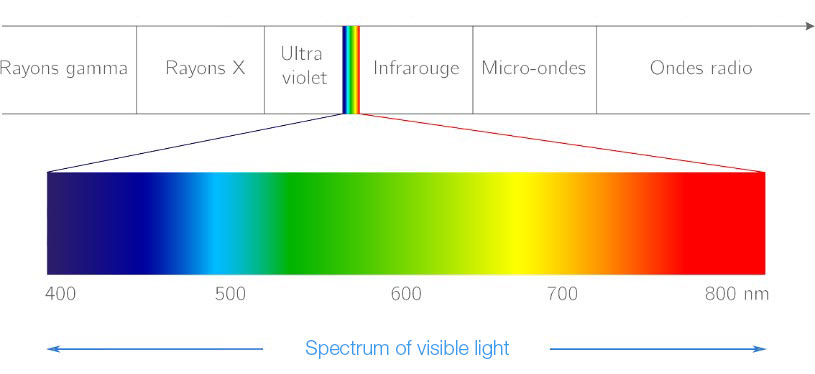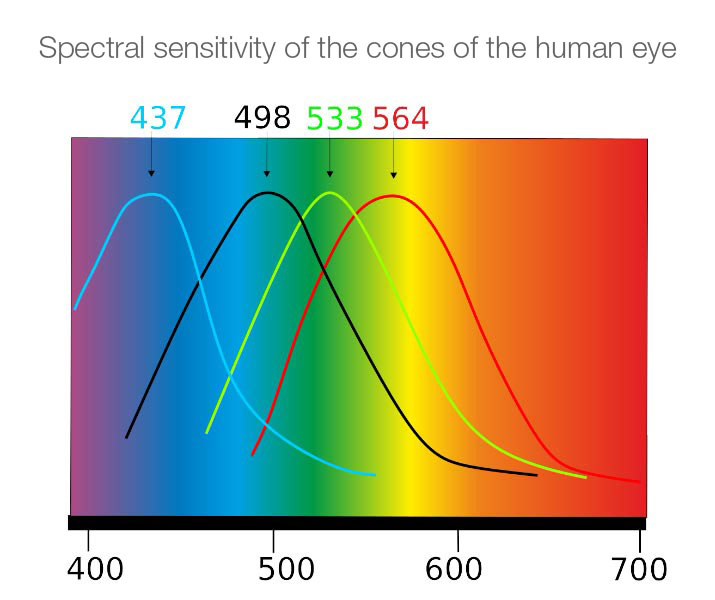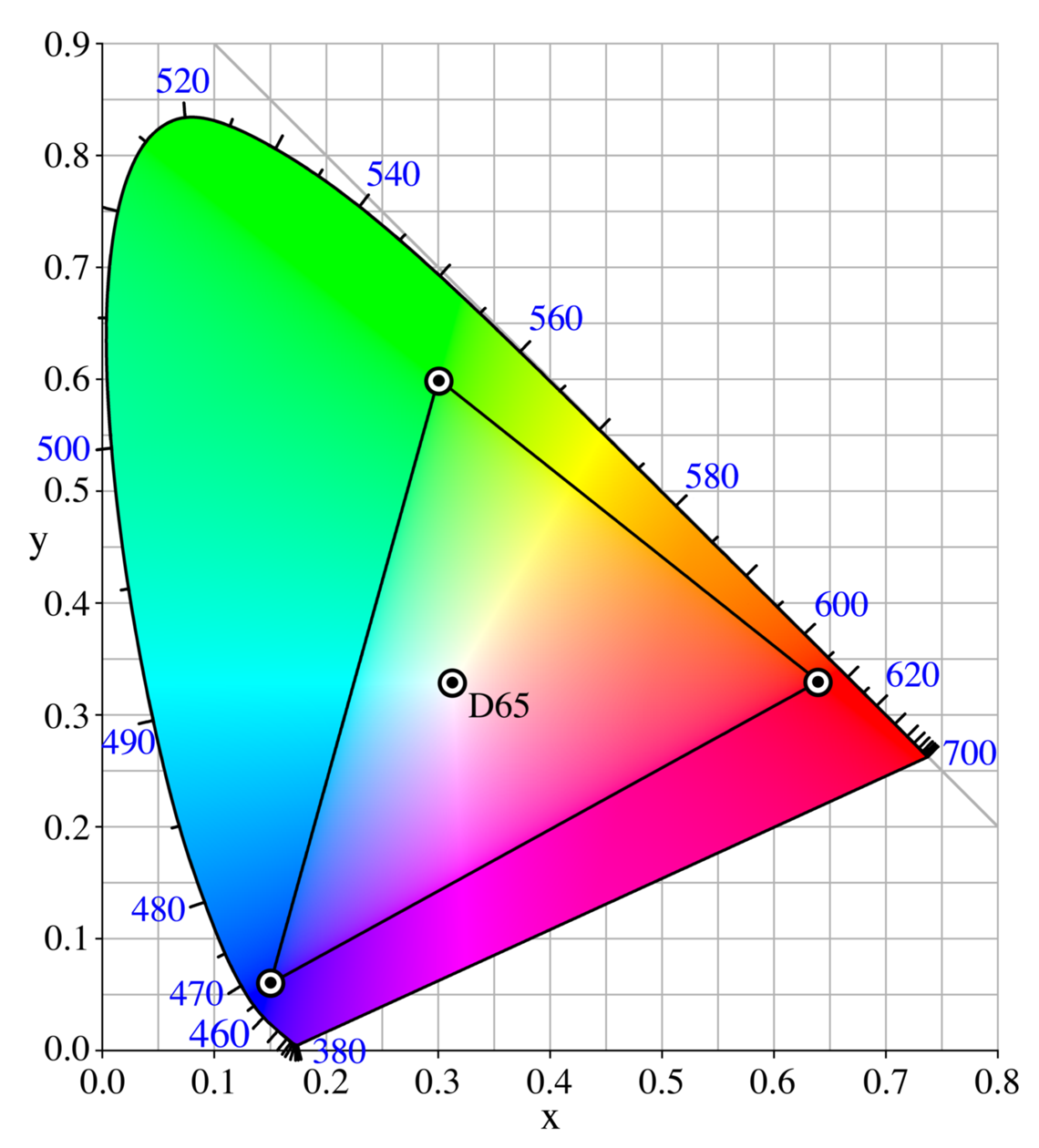Lecture #1: Computer graphics as a computer science
Computer graphics in Game development
Ivan Belyavtsev
24.01.2020
Welcome to Computer graphics in Game development course

Who I am
Ivan Belyavtsev
Computer Graphics Developer technology engineer at Nvidia
Researcher and educator in Computer science
Disclaimer
This course was prepared or accomplished by Ivan Belyavtsev in his personal capacity. The opinions expressed in this course are the author’s own and do not represent official policy or position of Nvidia corporation.
Schedule
- 01/24-01/25 - 8 classes
- 02/21-02/22 - 7 classes
- 03/20-03/21 - 8 classes
- 04/17-04/18 - 6 classes + Final assessment
Syllabus
- 01/24-01/25. Basics of rendering
- 02/21-02/22. Basics of ray tracing
- 03/20-03/21. Basics of DirectX 12
- 04/17-04/18. Advanced technics and algorithms
What we won’t cover
- 3D modeling as art
- Animation
- Game engines
- Music and sounds
- Game design
- Network
Hardware requirements
- PC with Windows 10
- Discrete GPU (For #3 and #4)
Software requirements
Caution
The course requires a lot of discipline and energy!
How we will work
- During lectures
- Research computer graphics with meta-science framework
- At home
- Repeat lectures materials
- Implement experiments by yourself
Materials
- On my webpage: djbelyak.ru
- There is no spoilers of code
- Reference images are in the repo: github.com/djbelyak/cg-template
Communication channels
- Course channel ???: t.me/innopolis_cs_in_gd_2020
- Course chat ???: t.me/innopolis_cs_in_gd_2020_chat
Questions
How we will research computer graphics

Viktor Kanke

Types of sciences
- Social
- Natural
- Axiological [1]
What the value of a science?
- Economics
- Physics
- Computer science
Theories row
Knowledge means the theories understood and accepted by people and nothing else [2]
\[T_1 -> T_2 -> ... -> T_n\]
Concepts
Variables:
\(\vec{F}\), \(\vec{a}\), \(m\)
Laws:
\(\vec{a} = \frac{\vec{F}}{m}\)
Principals:
Conservation of energy [2]
Methods for manage concepts
- Deduction
- Experiment
- Induction (data processing)
- Correction of original concepts [2]
Methods to manage theories
- Problematisation - revealing certain obstructions in the old concept
- Innovation - invention of new theory
- Interpretation - old theory through new concept [2]
Interoperation of sciences
Donor-acceptor relationships [1]
An acceptor science could you use theories and methods from a donor science
Aim and principles of applied sciences
- Aim to make something the most effective way
- Efficiency maximization principle [3]
Aim and principles of computer science
- Is computer science an applied science? [1]
- Aim to process, store and transfer information by the most effective way [4]
Aim and principles of computer graphics
- Is computer graphics a computer science?
- Aim to create, process, store and transfer visual information by the most effective way
Aim and principles computer graphics in game development
- Aim to create and process an image by the most effective way
- What’s mean “the most effective way” here?
Let’s define what is an image
Physics and anatomy are donor sciences
What is the light

[5]
Human eye
- Rods - light quantity
- Cones - light quality
- S-cones - blue
- M-cones - green
- L-cones - red [6]
Color perception

[5]
Pixels in depth

[5]
Pixels in depth (iPad 2 and iPad 3)

[7]
sRGB gamut

[8]
“Black image” experiment
Deduction phase
- Image is a matrix of pixels
- Pixel is 3 colored light sources
- Does black color consist of 0 intensity pixels?
- How long does an operation take?
“Black image” experiment
Experiment
Let’s implement it together
“Black image” experiment
Reference

“Black image” experiment
What is the new knowledge?
- Black color consists of 0 intensity pixels
References
1. Kanke V.A. Istoriya, filosofiya i metodologiya tehniki i informatiki. Uchebnik. Uriat, 2014.
2. Kanke V.A. The metascientific foundations of nuclear knowledge management // Nuclear Energy and Technology. 2016. Vol. 2. Pp. 73–81.
3. Kanke V.A. Metascientific foundations of understanding of status of technology // Nuclear Energy and Technology. 2017. Vol. 3.
4. Kanke V.A. Metascientific and philosophical reasons to define the status of computer science // Automatic Documentation and Mathematical Linguistics. 2017. Vol. 51. Pp. 101–107.
5. Frich A. The human eye and colour perception [Electronic resource]. 2015. URL: https://www.color-management-guide.com/eye-and-colors.html.
6. McGuire M. The graphics codex. 2.14 ed. Casual Effects, 2018.
7. Anthony S. What the iPad 3’s retina display looks like under a microscope [Electronic resource]. 2012. URL: What the iPad 3’s Retina display looks like under a microscope.
8. Hunt R.W.G., Pointer M.R. Measuring colour. Wiley, 2011.